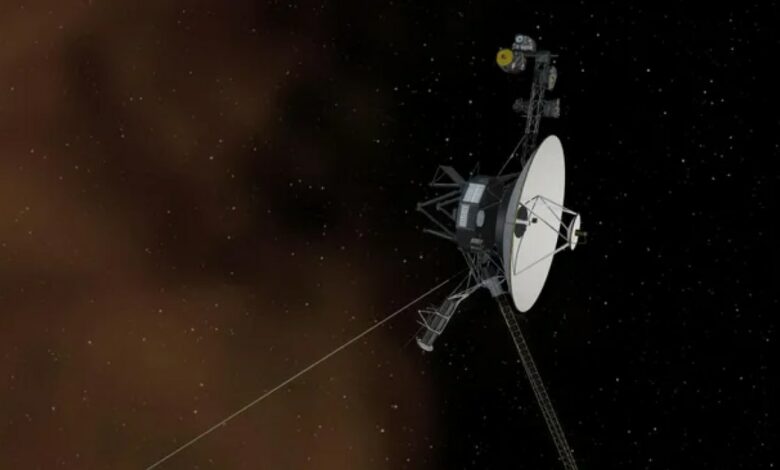NASA restores communications with Voyager 1 and ends the Power Glitch in 2023

NASA has reportedly successfully restored communications with Voyager 1, Earth’s farthest spacecraft, after a disruption in October. The spacecraft, launched in September 1977, became unresponsive due to an error caused by a low power level, which caused it to switch to a transmitter that NASA’s Deep Space Network could not detect. The restoration, confirmed on November 18 according to a report, will ensure that the probe, now 24.9 billion kilometers away, continues to transmit data from its four operational instruments.
Error caused by energy limitations
A Space.com report indicated that the problem arose when engineers ordered Voyager 1 to activate a heater for its instruments. This led to the spacecraft’s fault protection system disabling the primary X-band transmitter, as non-essential systems had already been deactivated to conserve power.
The system then turned on a lower power S-band transmitter, resulting in silence from the spacecraft. The restoration of the X-band transmitter has made it possible to resume data collection, including from the Low-Energy Charged Particle Experiment and the Plasma Waves Experiment.
Aging systems that show resilience
In recent years, Voyager 1 has faced several communications challenges, with garbled telemetry observed in 2022 and 2023. Its twin, Voyager 2, has also suffered disruptions, with a scientific instrument shutting down in September due to power shortages. Both spacecraft continue to perform well above expectations, despite their declining power supply, which decreases by four watts annually.
A legacy of discoveries
Since their launch, the Voyager probes have provided unprecedented insights into the outer solar system, including detailed observations of Jupiter, Saturn, Uranus and Neptune. The spacecraft are now navigating interstellar space and are expected to continue their journey even after completely losing power. According to NASA officials in statements, efforts to extend the operational life of the probes are ongoing as they approach their 50th anniversary in 2027.




